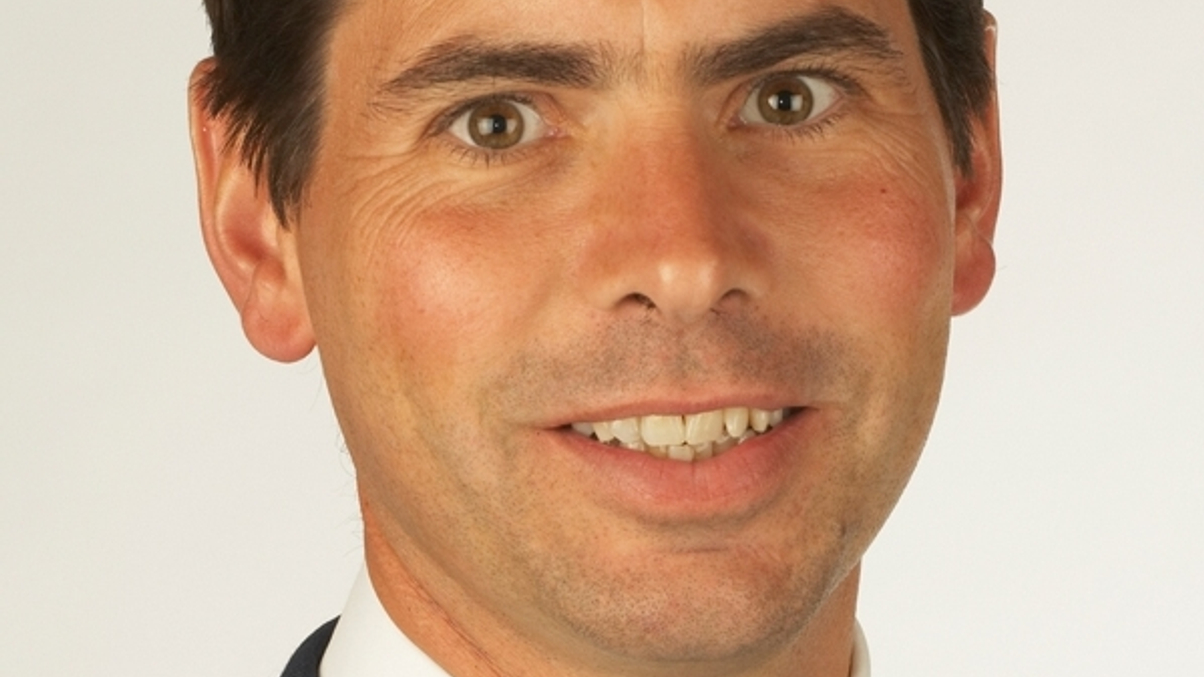Barclays Wealth spies strategic opportunity in insurance
The firm says wealth managers in Asia need to be at the forefront of dialogue with clients and insurers about how to tailor and enhance insurance solutions to meet their specific needs.

Barclays Wealth has spied what it believes to be a strategic opportunity to present Asia’s rapidly rising population of high-net-worth individuals with tailored insurance solutions.
Sign in to read on!
Registered users get 2 free articles in 30 days.
Subscribers have full unlimited access to AsianInvestor
Not signed up? New users get 2 free articles per month, plus a 7-day unlimited free trial.
¬ Haymarket Media Limited. All rights reserved.


